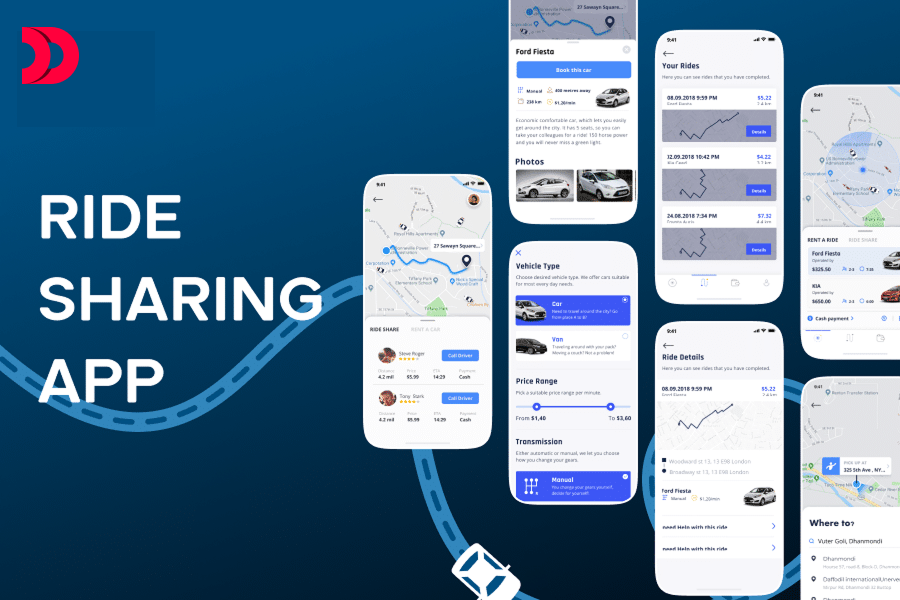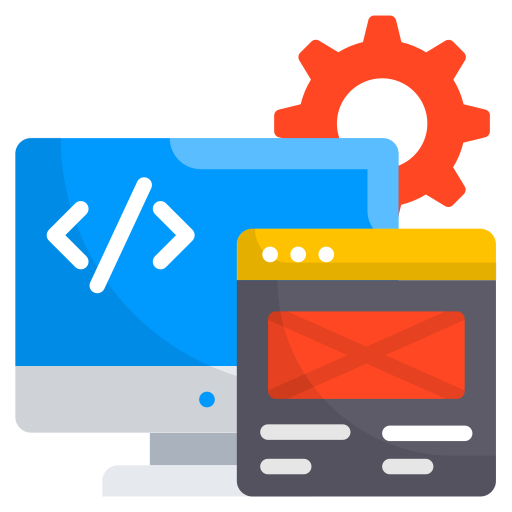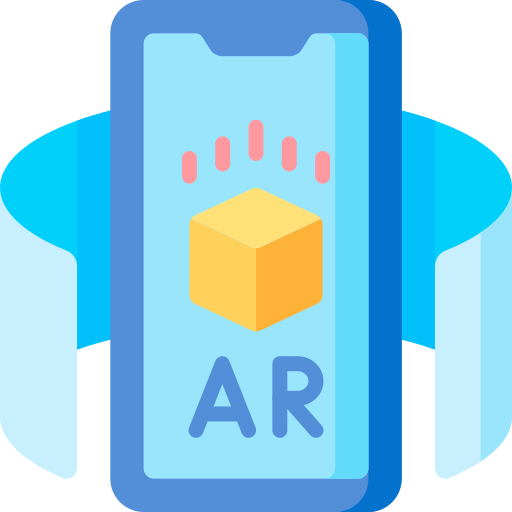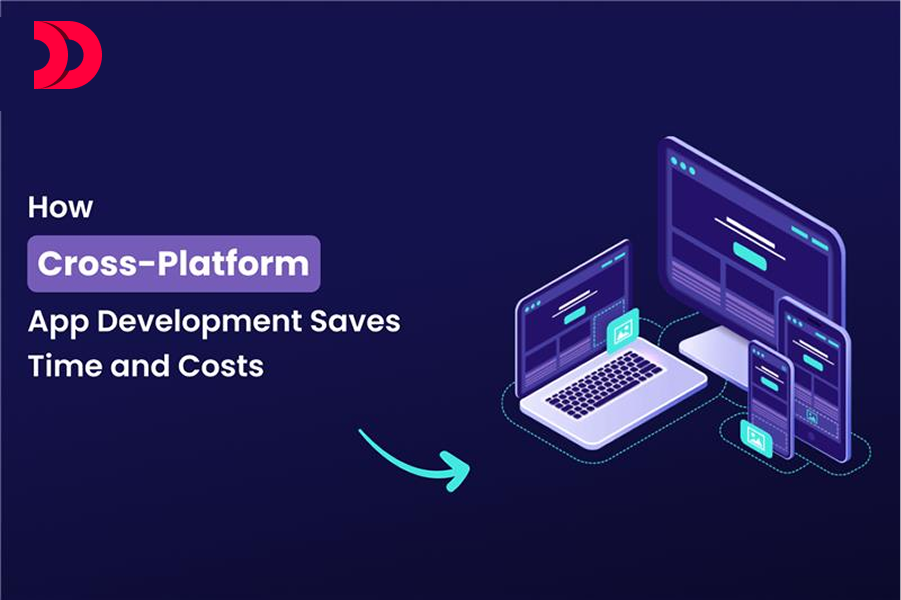Build Your Own Ride-Sharing App in 8 Simple Steps

The ride-sharing industry has transformed urban mobility, with apps like Uber and Lyft setting the standard for convenience and efficiency. Building your own ride-sharing app may seem complex, but with a clear plan and the right expertise from a mobile app development company, you can create a platform that connects drivers and riders seamlessly. In this guide, we’ll walk you through 8 simple steps to develop a ride-sharing app, including key features, tech stack, and cost estimates.
Step 1: Define Your App’s Goals and Features
Start by clarifying the purpose of your ride-sharing app. Are you targeting a local market, a niche audience (e.g., eco-friendly rides), or a global user base? Partnering with a ride-sharing app development company can help refine your vision. Identify the core features for your minimum viable product (MVP):
- User Roles: Separate interfaces for riders (booking rides) and drivers (accepting rides).
- Ride Booking: Real-time ride requests with location-based matching.
- GPS Navigation: Real-time tracking and route optimization.
- Payment Integration: Support for credit cards, digital wallets, or in-app payments.
- Rating System: Feedback for drivers and riders to ensure quality.
- Push Notifications: Alerts for ride confirmations, driver arrivals, or promotions.
- Driver Verification: Background checks and document uploads for safety.
Research competitors like Uber or Lyft to identify must-have features and opportunities to differentiate your app.
Step 2: Conduct Market Research
Analyze your target market to understand user needs and competition. Study existing ride-sharing apps to identify gaps or underserved areas. Use platforms like X to gather insights on user preferences or complaints about current services. A mobile app development company can assist with surveys and competitor analysis. Key questions to answer:
- What are the pain points of existing ride-sharing apps?
- Are there underserved regions or demographics you can target?
- What pricing or service models (e.g., subscription, commission-based) resonate with users?
This research will help you refine your app’s unique value proposition.
Step 3: Choose the Right Tech Stack
A scalable and reliable tech stack is crucial for a ride-sharing app. A ride-sharing app development company can recommend the best technologies for your needs. For a web-based app with mobile compatibility, consider:
- Frontend: React.js with Tailwind CSS for a responsive, user-friendly interface.
- Backend: Node.js with Express for handling API requests and real-time data.
- Database: MongoDB for flexible storage of user data, ride history, and transactions, or PostgreSQL for structured data.
- Real-Time Features: WebSocket or Firebase for real-time tracking and notifications.
- Maps and GPS: Google Maps API or Mapbox for geolocation, routing, and fare estimation.
- Payment Processing: Stripe or PayPal for secure transactions.
- Cloud Hosting: AWS or Google Cloud for scalability and reliability.
This tech stack ensures your app can handle high user traffic and real-time interactions, similar to industry leaders.
Step 4: Design an Intuitive User Interface
User experience (UX) is critical for ride-sharing apps, as users expect seamless navigation. To achieve this, you may want to hire dedicated app developer teams who specialize in UX design. Focus on:
- Simplicity: Clean layouts with clear buttons (e.g., “Book Ride” or “Accept Ride”).
- Real-Time Feedback: Show driver locations and ETAs on an interactive map.
- Accessibility: Support multiple languages and screen reader compatibility.
- Mobile Optimization: Ensure the app works flawlessly on iOS and Android devices.
Use tools like Figma or Adobe XD to create wireframes and test prototypes with potential users to refine the design.
Step 5: Develop Core Features
Build your MVP with essential features to launch quickly and test the market. Hiring dedicated app developers from a mobile app development company can accelerate this process. Prioritize:
- User Authentication: Secure login for riders and drivers using Firebase or OAuth.
- Ride Matching: Algorithms to match riders with nearby drivers based on location and availability.
- Real-Time Tracking: Integrate GPS APIs for live tracking of drivers and routes.
- Payment System: Implement secure payment gateways with fare calculation logic.
- Notifications: Push notifications for ride updates, cancellations, or promotions.
Use agile development to iteratively build and test features. React.js can speed up frontend development, while Node.js ensures a robust backend for real-time operations.
Step 6: Integrate Maps and Payment Systems
Maps and payments are the backbone of a ride-sharing app. A ride-sharing app development company can streamline integration of:
- Maps: Use Google Maps API or Mapbox for geolocation, route optimization, and fare estimation.
- Payments: Integrate Stripe or PayPal to support secure transactions, including credit/debit cards, digital wallets (e.g., Apple Pay), and split payments for group rides.
Ensure compliance with PCI-DSS standards for payment security and test APIs thoroughly for reliability.
Step 7: Test and Deploy the App
Rigorous testing ensures a reliable user experience. You can hire dedicated app developer teams to conduct:
- Functional Testing: Verify features like ride booking, tracking, and payments work as expected.
- Performance Testing: Test scalability under high traffic (e.g., 1,000 simultaneous users).
- Security Testing: Check for vulnerabilities in user data, payments, and API endpoints.
- Usability Testing: Ensure the app is intuitive for both riders and drivers.
Deploy the app on a cloud platform like AWS or Google Cloud, using CI/CD pipelines for automated updates. Publish to the App Store ($99/year) and Google Play ($25 one-time) for mobile access.
Step 8: Market and Scale Your App
After launching, focus on user acquisition and growth:
- Marketing: Use SEO, social media ads, and content marketing to attract users. Share driver and rider success stories on platforms like X to build trust.
- Incentives: Offer discounts or referral bonuses to attract early users.
- Analytics: Use tools like Google Analytics or Mixpanel to track user behavior and optimize features.
- Partnerships: Collaborate with local businesses or events to promote your app.
A mobile app development company can help develop marketing strategies or add advanced features like carpooling, premium rides, or driver incentives to scale your app. Expand to new regions by localizing the app for different languages and regulations.
Estimating the Cost to Build a Ride-Sharing App
The cost of developing a ride-sharing app depends on complexity, features, and team location. Partnering with a ride-sharing app development company can help optimize costs. Here’s a breakdown for an MVP:
- Planning and Research (Steps 1-2): $2,000–$5,000 for market analysis and feature planning.
- Design (Step 4): $5,000–$15,000 for UI/UX design, including wireframes and user testing.
- Development (Steps 3, 5-6): $30,000–$100,000 for frontend, backend, and API integrations (e.g., maps, payments). Developer rates vary:
- North America/Europe: $50–$150/hour
- Asia (e.g., India): $20–$50/hour
- A typical MVP takes 1,500–3,000 hours.
- Third-Party Services:
- Google Maps/Mapbox: $500–$2,000/month based on API usage.
- Payment Gateways (e.g., Stripe): 2.9% + $0.30 per transaction.
- Cloud Hosting (e.g., AWS): $200–$2,000/month based on traffic.
- Testing and Deployment (Step 7): $5,000–$15,000 for testing and initial deployment.
- Marketing and Launch (Step 8): $5,000–$25,000 for initial campaigns and promotions.
Total Estimated Cost for MVP: $50,000–$150,000, depending on complexity and team location. Ongoing costs (hosting, maintenance, marketing) may range from $2,000–$10,000/month. For a fully-featured app with advanced capabilities (e.g., AI-based ride matching), costs could exceed $200,000.
To reduce costs, consider hiring dedicated app developers from regions with lower rates or using pre-built APIs, but ensure quality and compliance with local regulations (e.g., driver background checks).
Conclusion
Building a ride-sharing app like Uber or Lyft is achievable with careful planning and the right expertise. By following these 8 steps—defining goals, researching the market, selecting a tech stack, designing a great UI, developing core features, integrating maps and payments, testing thoroughly, and marketing effectively—you can create a competitive platform. Partnering with a mobile app development company and choosing to hire dedicated app developer teams can streamline the process and ensure success. Start with an MVP to test your concept, iterate based on user feedback, and scale strategically.
Ready to hit the road? Start building your ride-sharing app and revolutionize urban mobility!
Let's build or improve your Digital Product
Transform your digital vision into reality with our expert services, guiding you to build a cutting-edge digital product that exceeds expectations and empowers your business for success.
Let's talk





.svg)

.svg)





.png)













originil.webp)

originil.webp)

